How to make ambitious design
Studio Dumbar outlines 6 ways to keep innovating your design work.
Founded in 1977, Studio Dumbar isn’t only a stalwart of the Dutch design scene, but is one of the most awarded design agencies in the world. Its identities for the Dutch National Police and Dutch Railways are so iconic, they are woven into the fabric of Dutch society. Yet the agency is hardly coasting along on the merit of past glories. It seems to go from one groundbreaking project to the next.
In 2016, the studio joined international digital agency Dept, and the merger has enabled Studio Dumbar to flourish further in today’s digital world, using creativity, tech and data to create new work that pushes the boundaries of design.
We spoke to Studio Dumbar about what it takes to sustain its relentless drive for quality, why it believes good design is not just about the work, and how it consistently creates powerful identities that are made to last. You can follow in their footsteps by reading on for their top tips to success.
01. Lose the fear
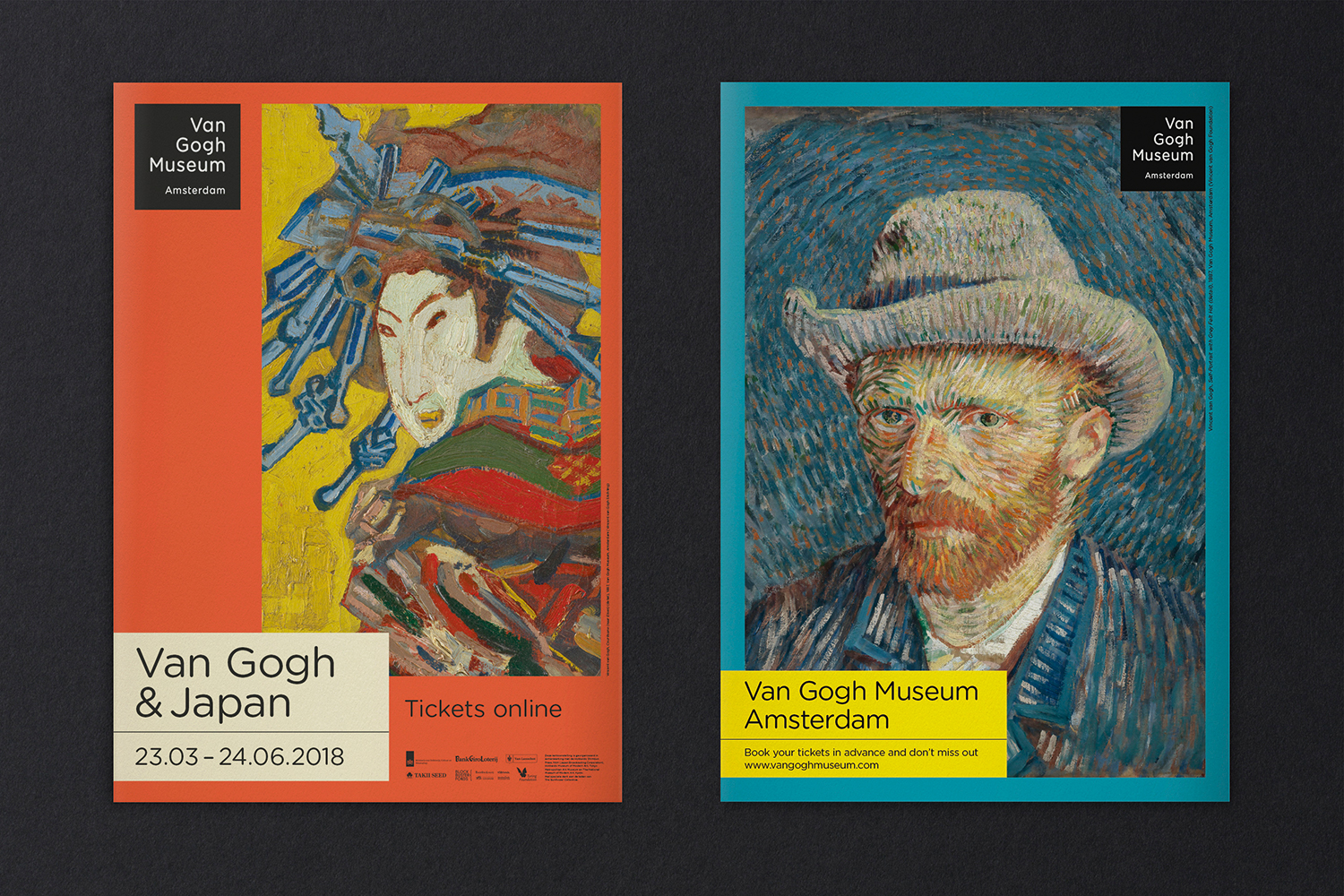
Innovation is all about experimentation, and having a fearless attitude is key when it comes to pushing your work. "Don’t be afraid of the unknown," says visual and motion designer Stan Haanappel, "explore technologies you are not familiar with".
"We believe in the power of paradox," says creative director Liza Enebeis. "On the one hand we are doing the positioning and visual identity of two major blockchain initiatives, on the other we refreshed the visual identity for the Van Gogh museum and the rebranded Amsterdam Sinfonietta, the renowned Dutch string orchestra. So tech-based clients and cultural clients come together in Studio Dumbar."
02. Keep exploring
"Don’t stop at your first sketches, even though you think what you’ve done is finished and good," advises Haanappel. "Explore multiple routes in order to be sure you’ve found the right answer."
And to explore even further, think of your colleagues as a valuable resource. Enebeis explains that in about 60 per cent of projects, different digital experts at Dept are involved – "we constantly work together in teams with inspiring people – from data experts to marketing specialists to platform builders. The funny thing is that we can focus more, but at the same time enrich and broaden our perspective."
03. Embrace the ugly
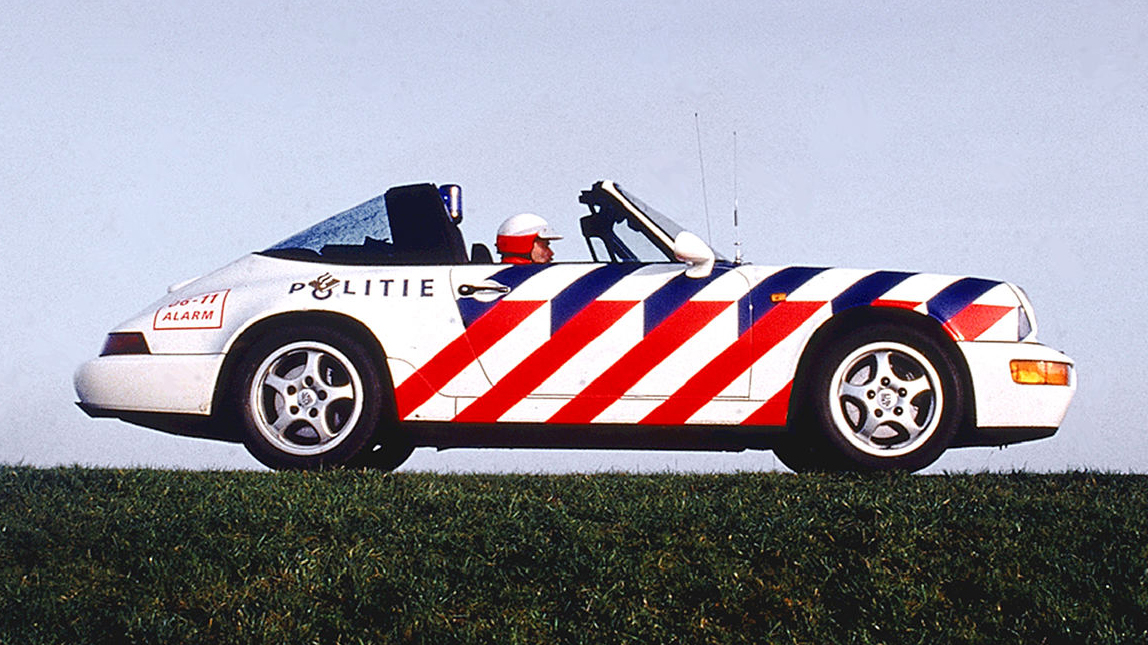
It’s also important not to panic if you don’t get there straight away, stresses Haanappel. "Making ugly things is also an important part of the design process. Failures can lead to amazing discoveries."
It's also important not to get hung up on what is currently on trend. As Enebeis points out, "We believe in the Trinity: pure, simple and powerful... If you succeed in this approach, by definition the brand will be powerful and live beyond trends of fashion and taste."
04. Give people freedom
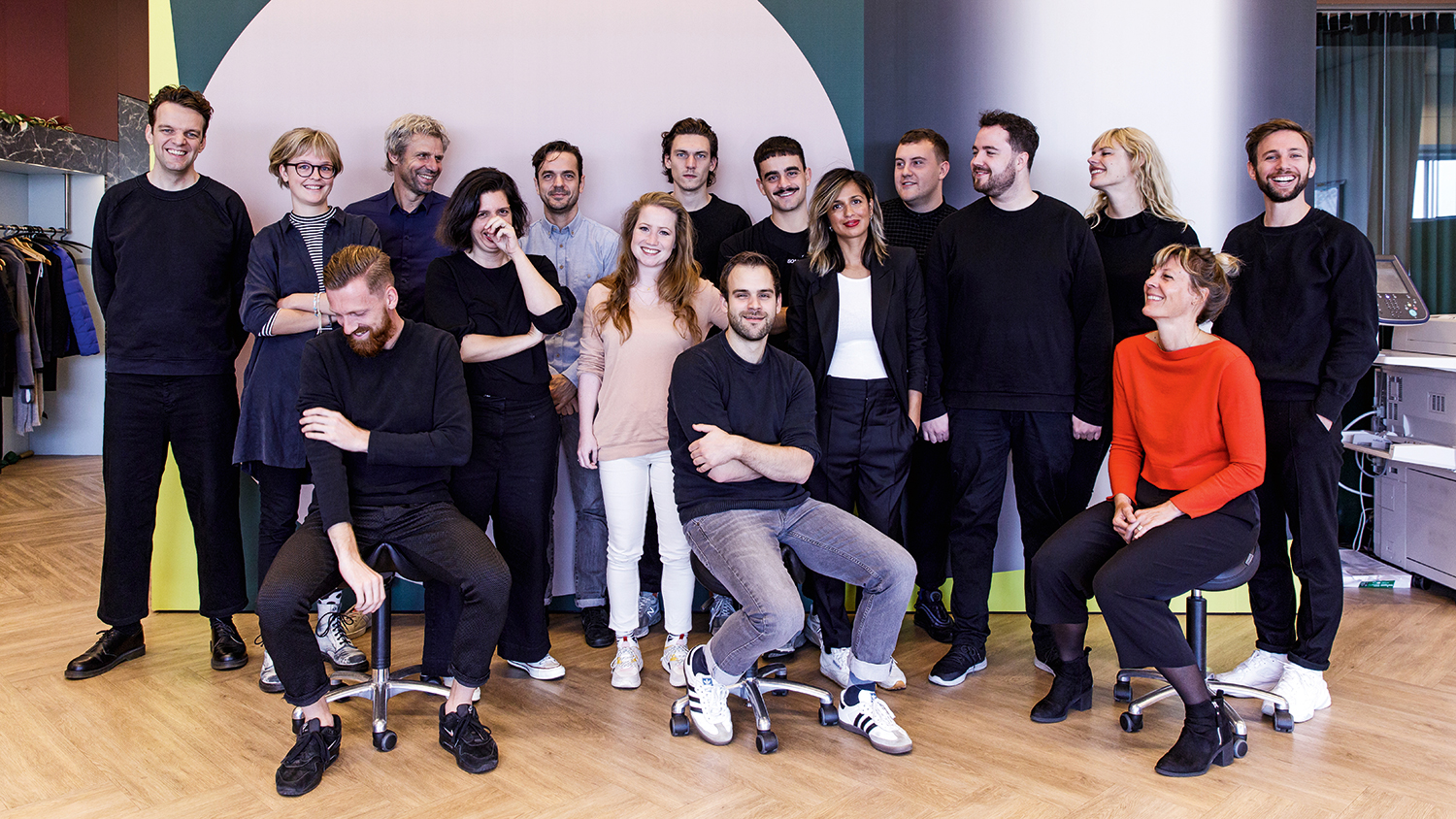
As operations director and online strategist, it’s Wouter Dirks’ job to ensure everyone is working to the best of their ability."If you always tell people exactly what to do, they will take less and less initiative," he says. "We tend to give everyone a lot of freedom. How each person conducts their work and meets deadlines is their responsibility."
"There is no hierarchy at all," Enebeis continues. "We are a flat organisation in our way of working, in how we value ideas... We all have to be as good as each other."
05. Choose the right clients
If you’re not working with and for the right people, you will struggle to innovate and make your ambitions a reality. "By selecting clients who share our high ambitions and who we click with, we have a proven approach that we can tailor to the needs of each project and client," explains Dirks.
"What's most important is finding a way to bring together the ideas and interests of the clients with our expertise," Enebeis explains. "We don't create concepts in isolation, it has to be through working together."
06. Ask the right questions
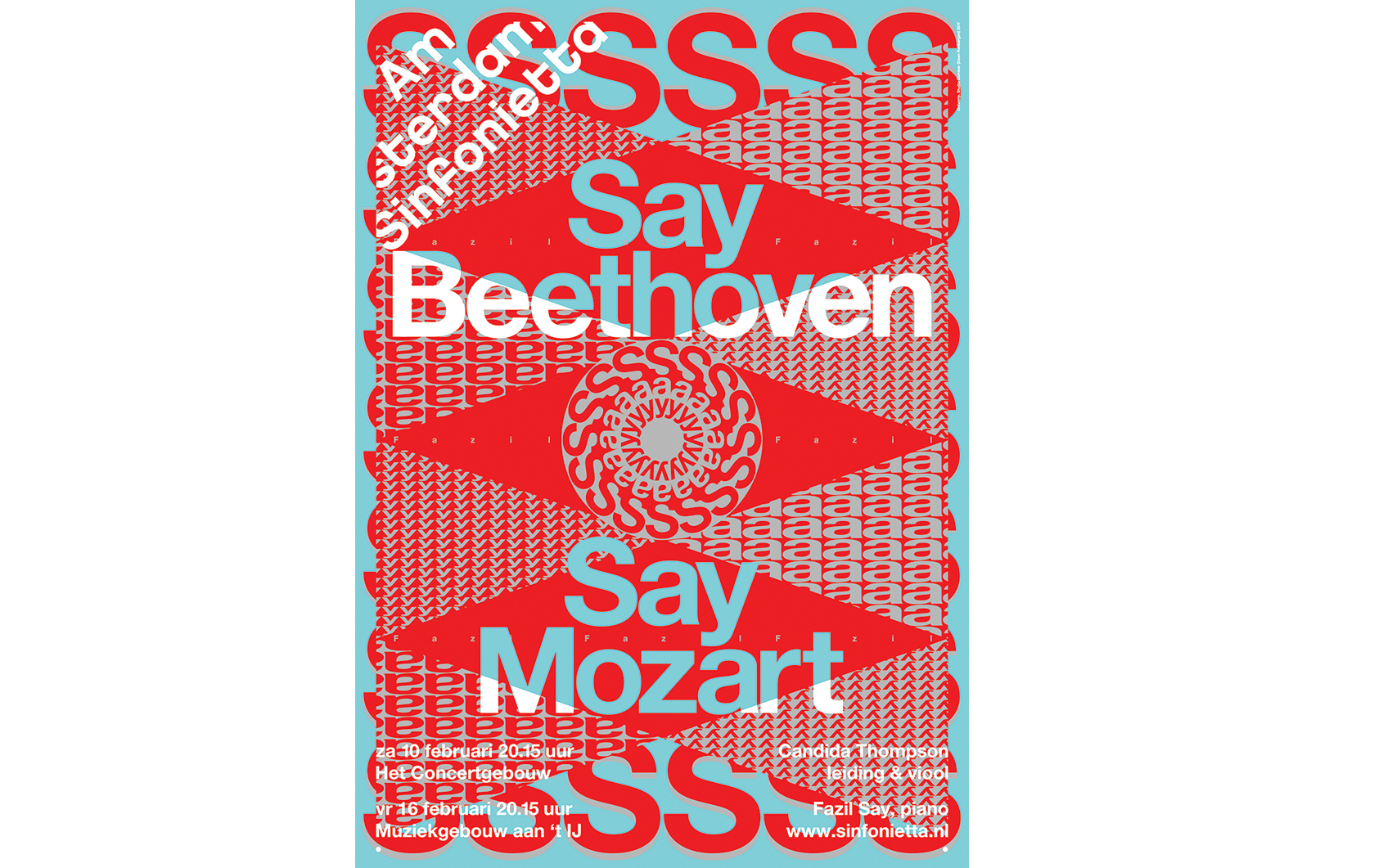
Once you’ve got the right clients, it’s important to know how to handle them, and to be clear about when innovation is needed, and when it isn’t. "We know what questions to ask when in order to create the right brand strategy; how to involve the different stakeholders at the right moment; how to make sure we’ve answered all the right questions," says Dirks.
Strategy director Tom Dorresteijn explains that approach is key. "Whether it is about design or strategy, we have a basic approach to get to the essence in a simple and direct way... if you don't manage the process well, it will harm the creative quality of the result. It takes a lot more than great design to bring great design to the world."
This article was originally published in issue 288 of Computer Arts, the world's best-selling design magazine. Buy issue 288 or subscribe to Computer Arts.
Read more:

Thank you for reading 5 articles this month* Join now for unlimited access
Enjoy your first month for just £1 / $1 / €1
*Read 5 free articles per month without a subscription

Join now for unlimited access
Try first month for just £1 / $1 / €1
Get the Creative Bloq Newsletter
Daily design news, reviews, how-tos and more, as picked by the editors.
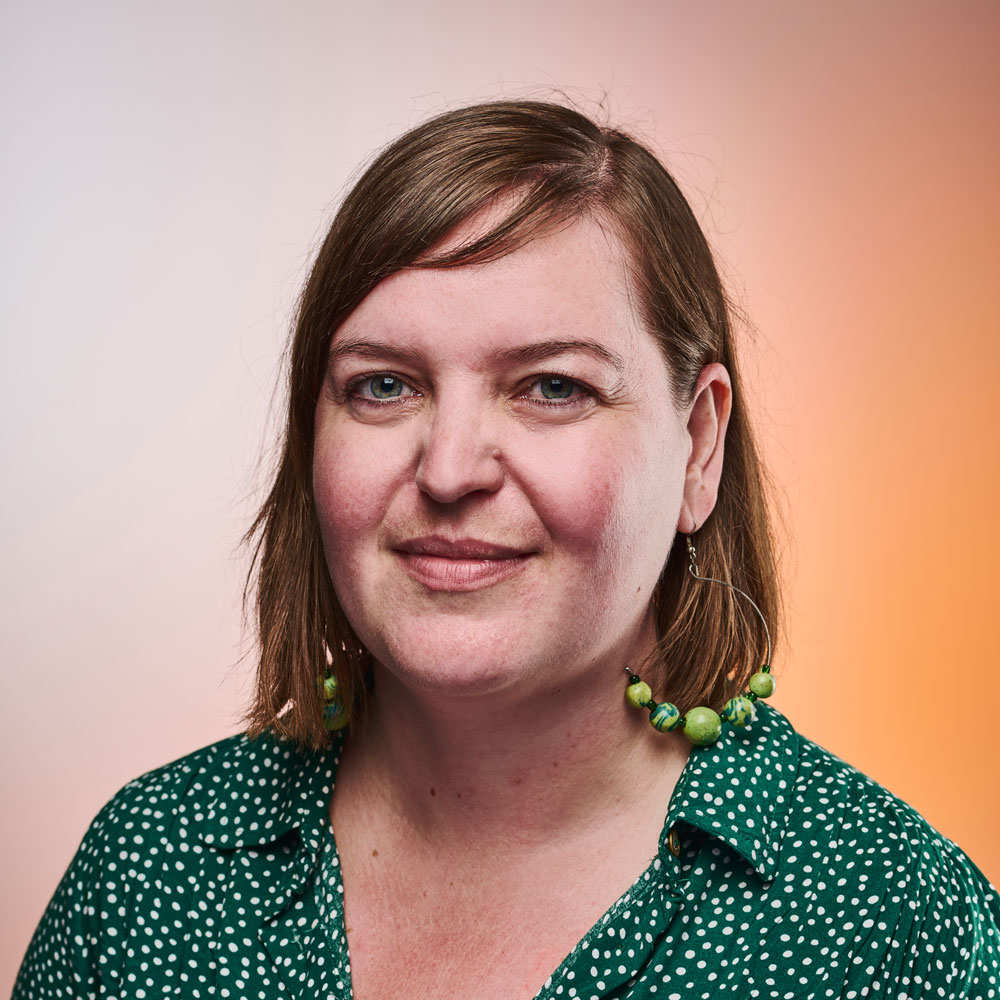
Rosie Hilder is Creative Bloq's Deputy Editor. After beginning her career in journalism in Argentina – where she worked as Deputy Editor of Time Out Buenos Aires – she moved back to the UK and joined Future Plc in 2016. Since then, she's worked as Operations Editor on magazines including Computer Arts, 3D World and Paint & Draw and Mac|Life. In 2018, she joined Creative Bloq, where she now assists with the daily management of the site, including growing the site's reach, getting involved in events, such as judging the Brand Impact Awards, and helping make sure our content serves the reader as best it can.
